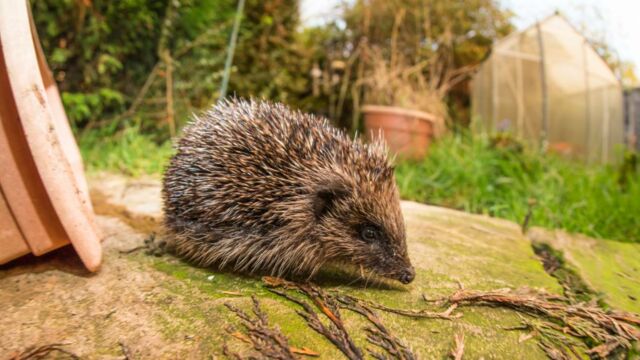It's a bad time to be a New Zealand hedgehog. While the animal is on the decline in Europe, they are swarming in the Oceania archipelago, but probably not for long, either. An eradication programme is due to start in July in 2,300 hectares of the Mackensie Basin in the centre of the South Island, reports the news portal Stuff.
Discover our latest podcast
The Te Manahuna Aoraki organisation has given itself one year to eradicate this invasive species, imported by British settlers in the 19th century, which is not under any threat from local predators. Ultimately, the organisation hopes to turn 300,000 hectares of the region into a hedgehog-free zone.
Hedgehogs, seen as 'pests' in New Zealand
On the North Island, Auckland City Council has also listed Erinaceus europaeus as a pest and destroyer, along with 'rats, ermines, possums and other creatures,' according to the New Zealand TVNZwebsite.
What are these nocturnal mammals accused of? Swallowing lots of bird eggs, lizards and endemic locusts. Another complaint is that they starve out kiwis, New Zealand's iconic flightless, ground-nesting birds. Nick Foster, a doctoral student at the University of Otago who is conducting research on hedgehogs, told the Guardian:
We're becoming increasingly aware of the extent of the damage they can cause.
Like goats and pigs in the Galapagos Islands, or yellow ants in the Seychelles, hedgehogs are to be exterminated, with the relevant authorities combining traps, hunting and poison, says The Guardian, much to the dismay of all lovers of the little spiky balls of cuteness.
A 'psychological barrier' when it comes to eradicating hedgehogs
According to researcher Nick Foster, there is 'something of a psychological barrier' when it comes to eradicating hedgehogs.
They have long held a special place in the hearts of New Zealand Pākehā, the ethnic group descended from European immigrants and settlers. They were introduced very deliberately, to remind them of the gardens back home.
The country is leading an ambitious campaign to eliminate all invasive predators by 2050. Feral cats, which are particularly difficult to track down, are also targeted.















